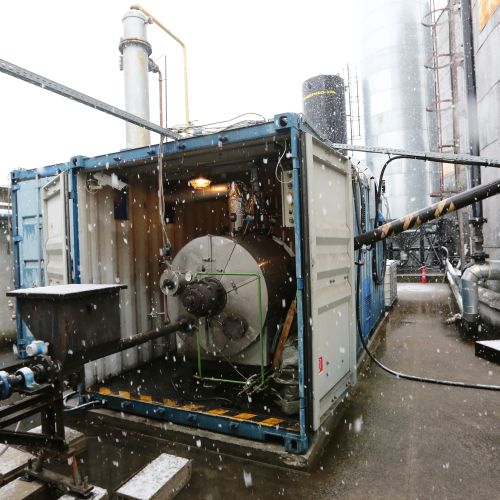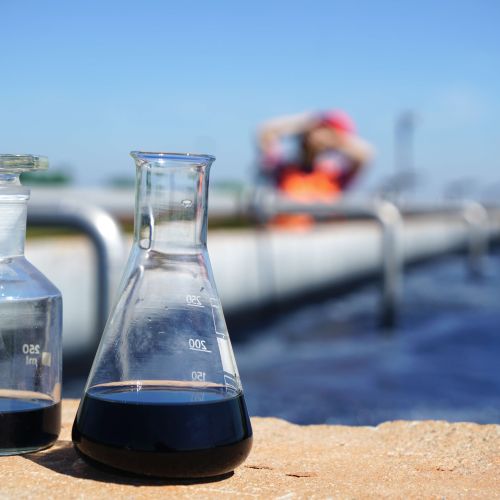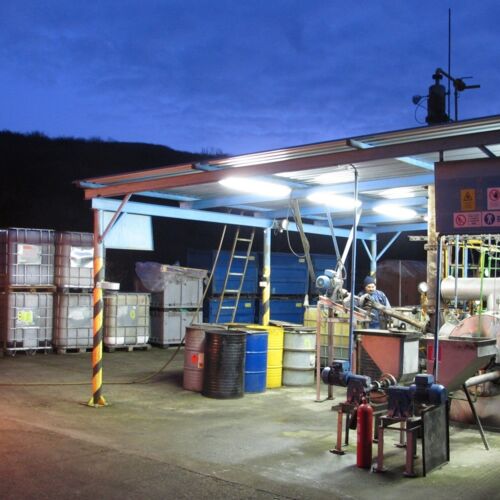- 05. January 2023
- /
- 3.5 minutes of reading

In the global effort to combat plastic pollution and promote sustainability, recycling has emerged and recently dominated as a crucial strategic initiative. However, the recycling of plastics presents unique challenges, both technical and economic. Despite the environmental benefits, the process of recycling plastics is often fraught with complexities, and its profitability remains a subject of debate. In this article, we'll aim to explore why recycling plastics is challenging, delve into the economic considerations surrounding its profitability, and examine relevant data insights.
Why is Recycling Plastics Difficult?
Recycling plastics is a complex endeavour due to several interrelated factors:
- Wide variety of Plastics
Plastics come in numerous forms, each with its own chemical composition and properties. According to data from the American Chemistry Council, there are more than 60 different types of plastics used in manufacturing, making sorting and separating different types of plastics a daunting task.
- Contamination
Contamination from food residue, dirt, or incompatible materials can compromise the quality of recycled plastics. A study published in the Science Advances journal found that contamination rates in recycling streams can range from 20% to 50%, significantly affecting the recyclability of plastics.
- Downcycling
Unlike materials like glass or aluminium, plastics undergo downcycling during the recycling process. The Ellen MacArthur Foundation estimates that only 2% of plastic packaging is effectively recycled into products of similar value, with the majority being downcycled into lower-value products.
- Infrastructure
The lack of adequate recycling infrastructure hinders the efficient collection, sorting, and processing of plastics. According to data from the World Bank, only about 14% of global plastic waste is collected for recycling, with the rest either incinerated, landfilled, or leaked into the environment.
- Economics
The economics of recycling plastics are influenced by factors such as fluctuating commodity prices, transportation costs, and government subsidies. A report by the Plastics Industry Association found that the cost of recycling plastics can be two to three times higher than the cost of virgin plastic production, making it financially challenging for recyclers to compete in the market.
Is recycling plastics actually profitable?
The profitability of recycling plastics is contingent with various factors and can vary depending on the specific context:
- Market Demand
The demand for recycled plastics fluctuates based on factors such as consumer preferences, regulatory requirements, and industry trends. According to data from Grand View Research, the global recycled plastics market size was valued at $42.3 billion in 2020 and is projected to reach $72.6 billion by 2027, driven by increasing awareness of environmental issues and growing government initiatives to promote recycling.
- Economies of Scale
Larger recycling operations benefit from economies of scale, allowing them to spread fixed costs across a greater volume of materials. A study by the McKinsey Center for Business and Environment found that recycling facilities with higher processing capacities tend to have lower costs per ton of recycled material, improving overall profitability.
- Technology and Innovation
Advances in recycling technology and innovation have the potential to improve the efficiency and cost-effectiveness of plastic recycling. According to data from the European Commission, investments in innovative recycling technologies, such as chemical recycling and advanced sorting systems, are expected to drive down costs and increase the profitability of plastic recycling in the long term.
- Policy and Regulation
Government policies, such as extended producer responsibility (EPR) schemes and landfill taxes, can incentivize recycling and create a more favorable economic environment for recyclers. According to data from the OECD, countries with well-designed recycling policies and regulations tend to have higher rates of plastic recycling and greater profitability for recyclers.
- Externalities
The economic value of recycling plastics does not always capture the full environmental and social benefits associated with waste reduction and resource conservation. A report by the Ellen MacArthur Foundation estimates that the external costs of plastic pollution, including cleanup efforts, damage to marine ecosystems, and impacts on human health, could exceed $2.5 trillion annually by 2030, underscoring the importance of investing in plastic recycling as a cost-effective solution to mitigate these impacts.
Conclusion
While recycling plastics presents significant challenges, data insights reveal opportunities for improvement and innovation in the recycling industry. By addressing issues such as contamination, infrastructure, and economics, stakeholders can work together to enhance the profitability and effectiveness of plastic recycling initiatives. With growing awareness of environmental issues and increasing investments in recycling technology, the transition towards a circular economy for plastics is within reach, promising both economic and environmental benefits for future generations.





